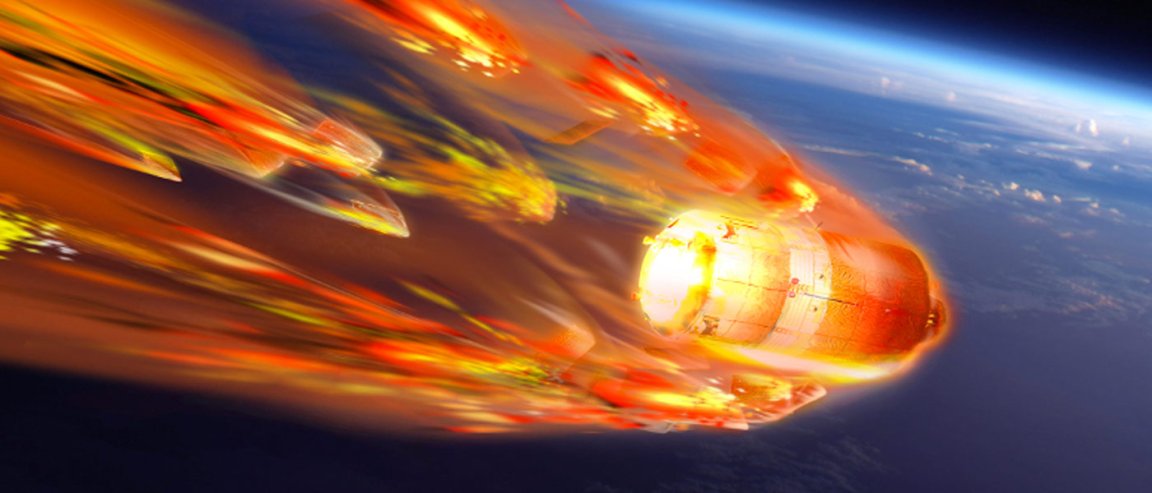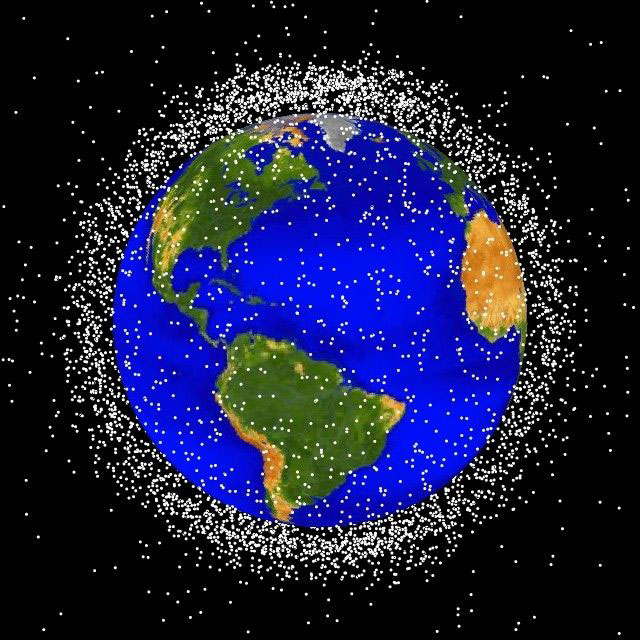
What Goes Up…
Just days after the successful launch of its Tiangong-2 space station, China has announced that its previously heralded “potent political symbol” Tiangong-1 is expected to crash and re-enter the Earth’s atmosphere some time in 2017. This is not an unexpected development, however. The past few months have seen the release of prior reports speculating that China lost control of the Tiangong-1.
Chinese space officials, however, simply declared last week that Tiangong-1 has “comprehensively fulfilled its historical mission” and was expected to re-enter the Earth’s atmosphere by 2017.
Official Chinese reports say that the expected crash will be harmless. “Based on our calculation and analysis, most parts of the space lab will burn up during falling,” says Wu Ping, deputy director of China’s manned space engineering office.

Might Stay Up?
This may not be the case, however. Renowned Harvard astrophysicist and space enthusiast Jonathan McDowell told The Guardian he believes that China losing control of the space station means that it will reenter the Earth “naturally.” It would be impossible to predict its course and direction and where the debris would fall.
“You really can’t steer these things. Even a couple of days before it re-enters we probably won’t know better than six or seven hours, plus or minus, when it’s going to come down. Not knowing when it’s going to come down translates as not knowing where it’s going to come down,” explained McDowell.
Yes, some of it would burn up as it enters the Earth’s atmosphere, but there are parts that would not. “There will be lumps of about 100 kg (220 pounds) or so, still enough to give you a nasty wallop if it hit you,” says McDowell.
Plus, the Tiangong-1 is 10.4 meters (34.1 feet) long and weighs about 8,500 kg (8.5 metric tons). It would definitely damage anything it hits, such as buildings and cars, not to mention adding to the already huge volume of debris aimlessly loitering in the Earth’s satellite space (a 2013 survey found more than 500,000 pieces of space junk orbiting the Earth).
It looks like the “Heavenly Palace” is bound to be a piece of the heavens for a while.